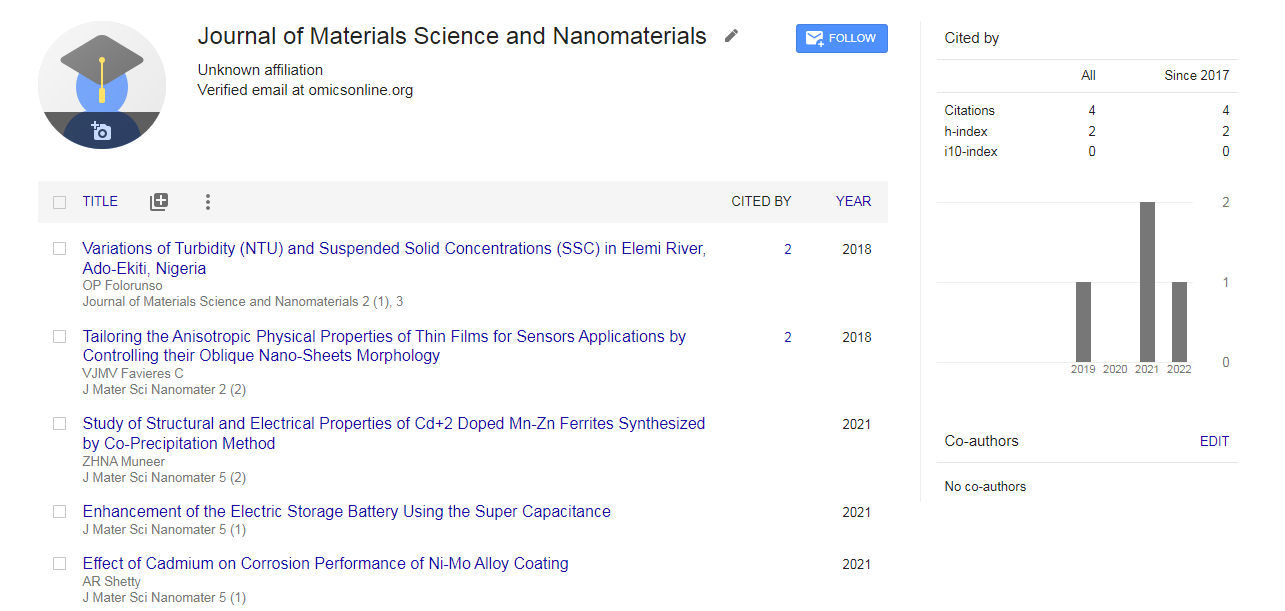TiO2 and Au-TiO2 Nanomaterials for rapid photocatalytic degradation of antibiotic residues in aquaculture wastewater and river water samples
Abstract
Antibiotic residues in aquaculture wastewater and river water samples are considered as an emerging environmental problem, as they are not efficiently removed in wastewater treatment plants. To solve this issue, we fabricated TiO2 nanotube arrays (TNAs), TiO2 nanowires on nanotube arrays (TNWs/TNAs), Au nanoparticle (NP)-decorated-TNAs and TNWs/TNAs, which were applied for assessing the photocatalytic degradation of eight antibiotics, simultaneously. The TNAs and TNWs/TNAs were synthesized by anodization using an aqueous NH4F/ethylene glycol solution. Au NPs were synthesized by chemical reduction method and used to decorate on TNAs and TNWs/TNAs. All the TiO2 nano structures exhibited anatase phase and well-defined morphology. The photocatalytic performance of TNAs, TNWs/TNAs, Au-TNAs and Au-TNWs/TNAs was studied by monitoring the degradation of amoxicillin, ampicillin, doxycycline, oxytetracycline, lincomycin, vancomycin, sulfamethazine and sulfamethoxazole under ultraviolet (UV)-visible (VIS), or VIS illumination by LC-MS/MSmethod. All the four kinds of nanomaterials degraded the antibiotics effectively and rapidly, in which most antibiotics were removed completely after 20 min treatment. The Au-TNWs/TNAs exhibited the highest photocatalytic activity in degradation of the eight antibiotics. For example, reaction rate constants of Au-TNWs/TNAs for degradation of lincomycin reached 0.26 min−1 and 0.096 min−1 under UV-VIS and VIS irradiation, respectively; and they were even higher for the other antibiotics. The excellent photocatalytic activity of Au-TNWs/TNAs was attributed to the synergistic effects of: (1) The larger surface area of TNWs/TNAs as compared to TNAs and (2) surface plasmonic effect in Au NPs to enhance the visible light harvesting.

 Spanish
Spanish  Chinese
Chinese  Russian
Russian  German
German  French
French  Japanese
Japanese  Portuguese
Portuguese  Hindi
Hindi 